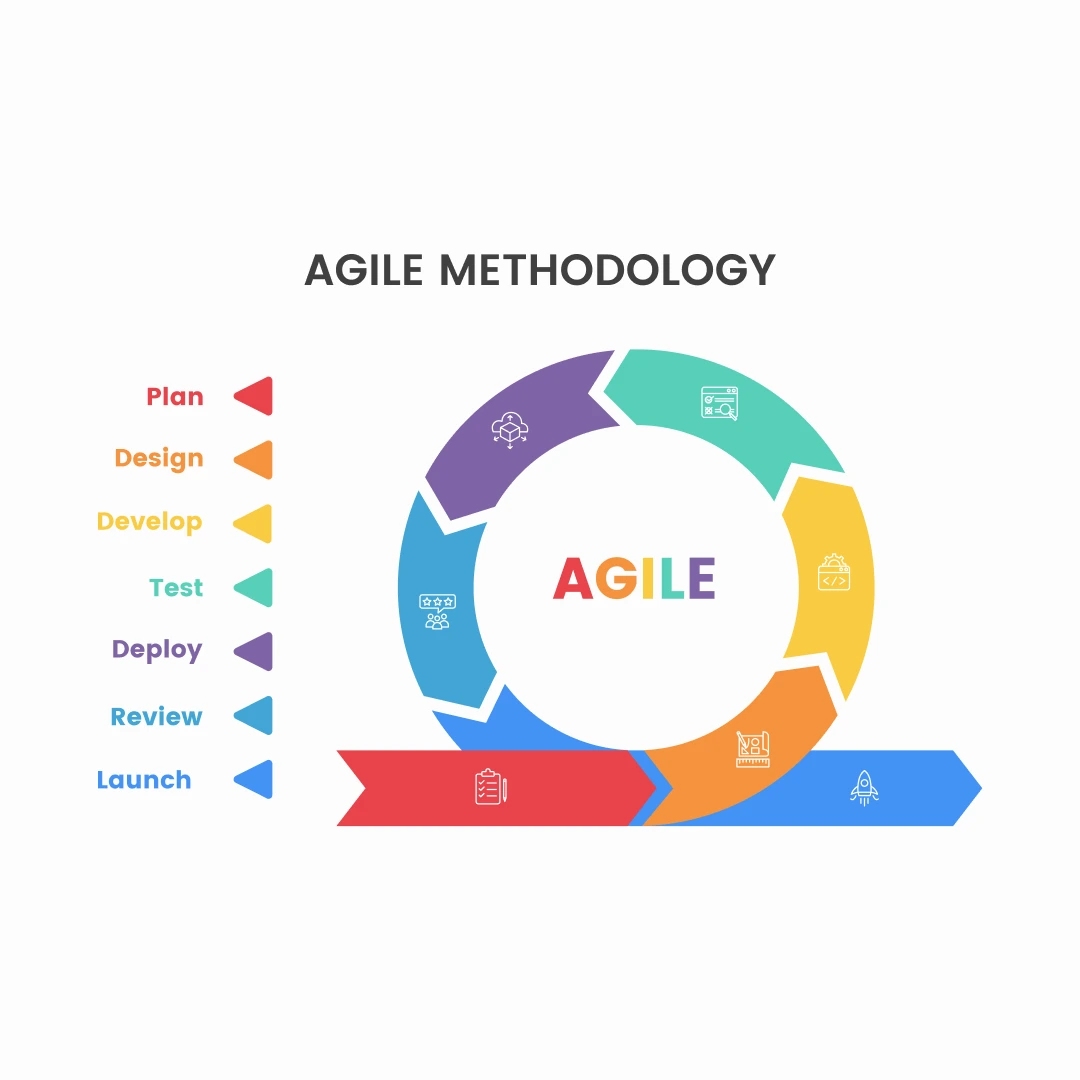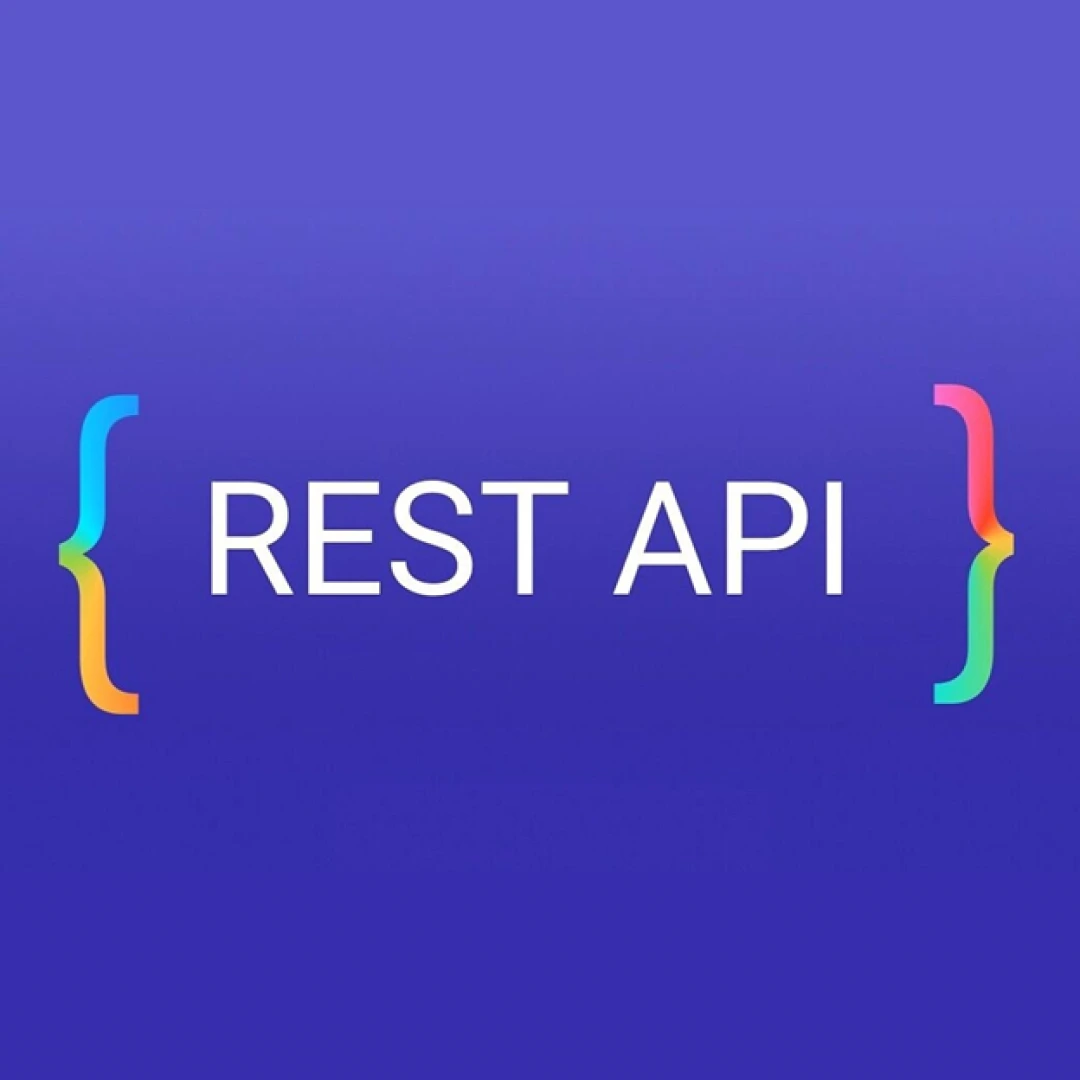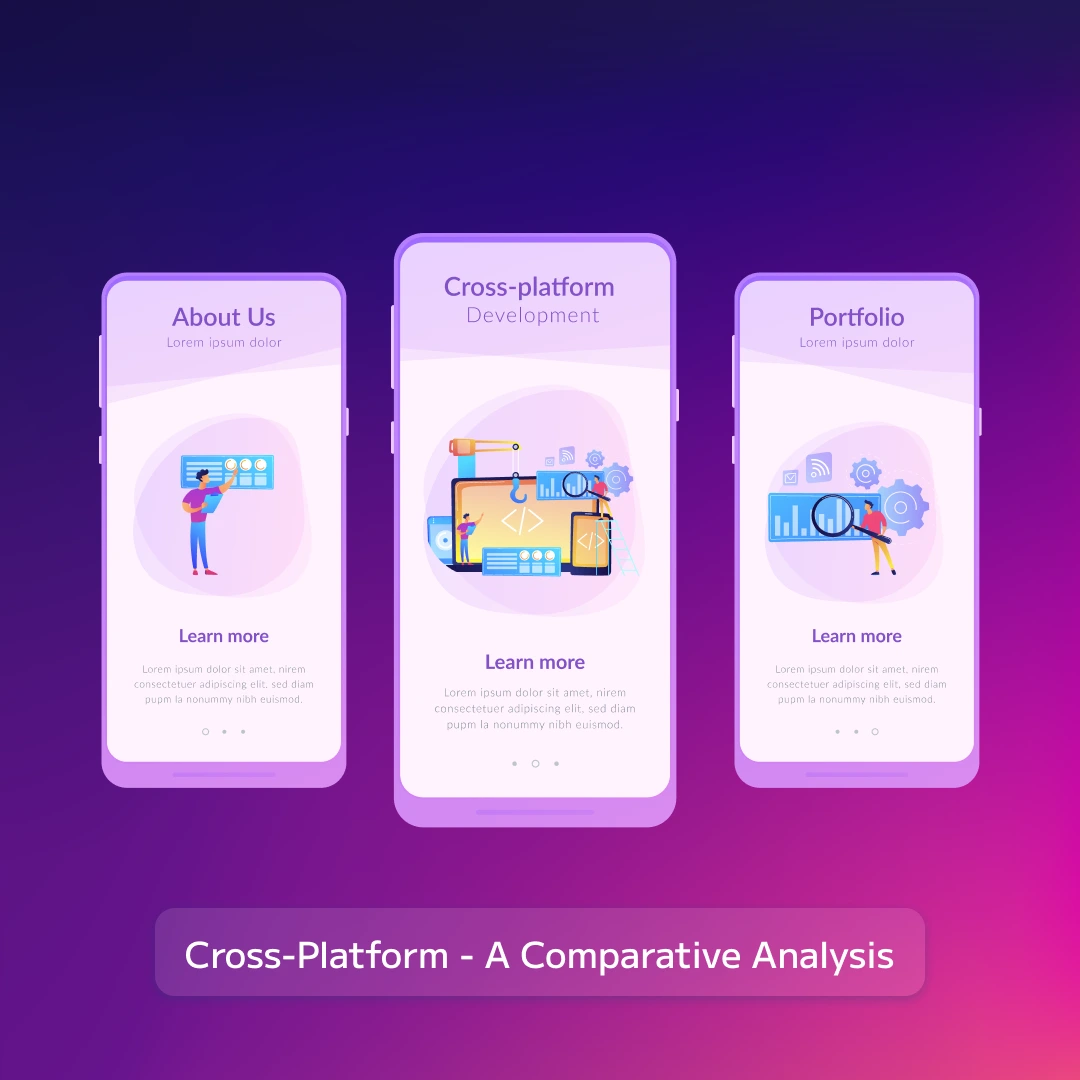

Table of Contents
- Challenges of microservices architectures
- Design
- Security
- Testing
- Increased operational complexity
- Communication
A lot of people are adopting this approach to develop and deploy applications due to its benefits that were highlighted in our last blog, after all, it is the first step towards implementation of DevOps culture that enables the following: -
- Manageability
- Faster delivery and deployment
- Automation and independency
- Agility
- Scalability

These are the reasons because of which microservice architecture is becoming the first choice of businesses who are looking to rewrite their applications. In the last blog, we have given a brief introduction about Microservices Architecture – meaning, advantages and disadvantages. Just like any approach, microservices have their own set of challenges that will be addressed in this blog.
Challenges of microservices architectures
Here we have listed for you the most common challenges that the businesses or product teams are facing while adopting this new approach.
Design
The first challenge organisations faced was increased complications while designing microservices as compared to gigantic applications. If you are using microservices for the first time or are new to them, you might struggle to determine the following:
- The framework of integrated services
- The size of each microservice
- Appropriate connection points and boundaries between each microservice
Each microservice is designed for a specific purpose, hence, each one of them should clarify, summarise, and state a specific responsibility which can only be done when they are created within a restricted context which is a challenge. Therefore, to overcome this, developers should use a data-centric view while modelling a domain.
Security
Another noticeable concern is regarding data security with a microservices-based approach or framework. In such kind of frameworks, the data always remains distributed making it even complex to uphold the integrity, confidentiality and privacy of the user’s data. Because of distributed framework of microservice architecture, it not only becomes a technical challenge to set up access controls and managing secured authentication but also increases the attack surface substantially.
Another noticeable concern is regarding data security with a microservices-based approach or framework. In such kind of frameworks, the data always remains distributed making it even complex to uphold the integrity, confidentiality and privacy of the user’s data. Because of distributed framework of microservice architecture, it not only becomes a technical challenge to set up access controls and managing secured authentication but also increases the attack surface substantially.

Testing
It is extremely complex for a microservices-based application to complete the testing phase of any software development lifecycle due to its standalone nature. It is tremendously difficult to test each and every service individually. Independence can be an advantage along with being a disadvantage as data consistency becomes difficult when each service has its individual database and transaction management. The development teams also have to factor in integrating services and their interdependencies in test plans compounding the challenge.
Increased operational complexity
The role of the product team is usually to decide the technology that should be used and managed, however, in microservices architecture, each service should be deployed and operated individually making it difficult to maintain operations for those who are not well prepared.
Old and traditional form of monitoring may not work out well for a microservices-based application. This can be understood through a scenario wherein a request from the user interface negotiates multiple services before reaching to the one that can accomplish its request. As a result, you get a complex path of services that too without appropriate monitoring tools which will make identifying the root cause of an issue simply impossible.
Communication
Due to increased interdependencies and interconnections, the complexity also rises and as a result, the chance of mismanagement also increases.
Every organisation should try to adapt advancement in technologies, however, before that, they should test whether it is the right fit for them or not through experimenting instead of settling completely.






